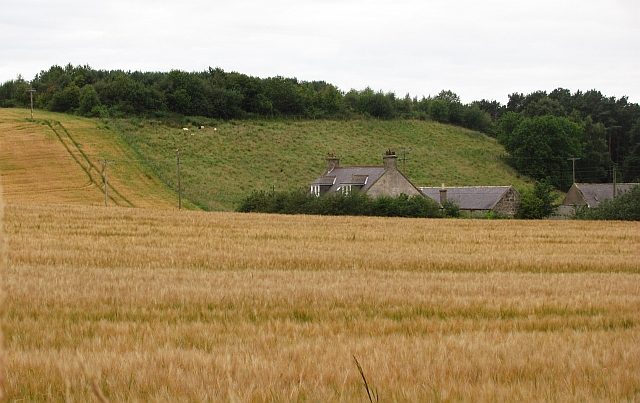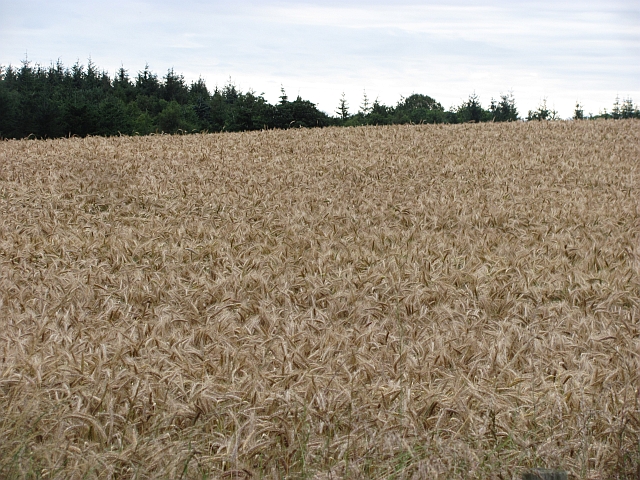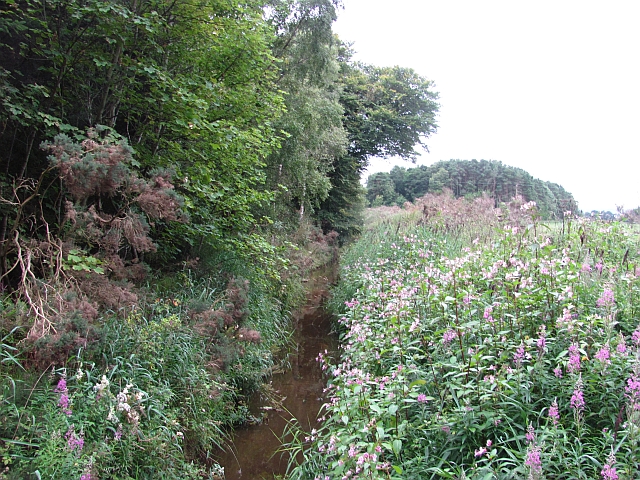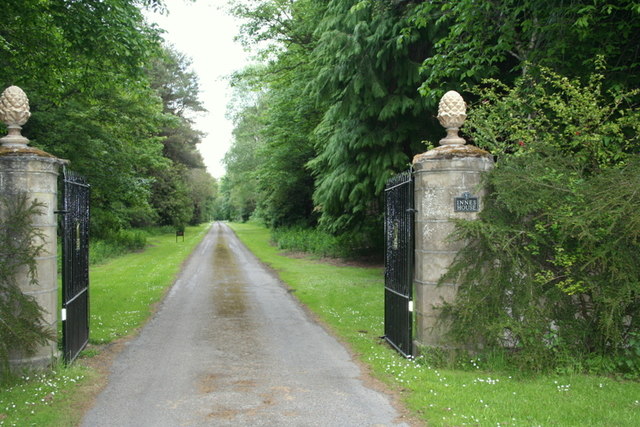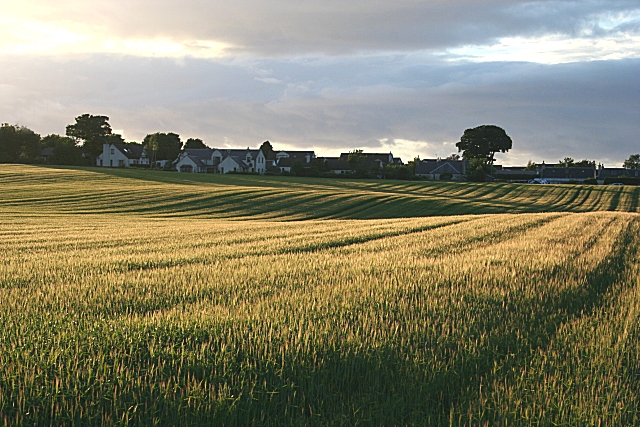Back Hill
Hill, Mountain in Morayshire
Scotland
Back Hill
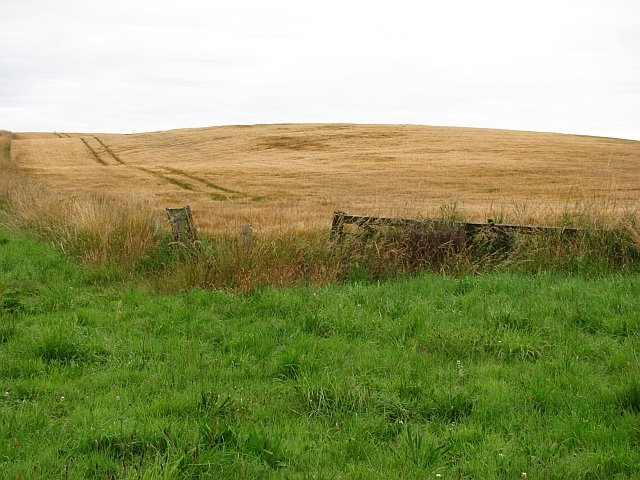
Back Hill is a prominent hill located in the county of Morayshire, Scotland. It is situated near the village of Dallas, approximately 15 miles southwest of the town of Elgin. With an elevation of around 1,237 feet (377 meters), it is considered a hill rather than a mountain.
The hill is part of the larger Dallas Hill range, which stretches across the surrounding countryside. Back Hill is characterized by its gently sloping sides and a prominent summit that offers stunning panoramic views of the surrounding landscape. The terrain primarily consists of grassy slopes with scattered patches of heather and rocky outcrops.
Back Hill is a popular destination for outdoor enthusiasts, hikers, and nature lovers. Its relatively accessible location and well-maintained paths make it a favorite spot for those seeking a moderate hiking challenge. The summit provides breathtaking vistas of the Moray Firth and the rolling hills of Morayshire, offering an opportunity for visitors to appreciate the natural beauty of the region.
The hill is also home to a diverse range of flora and fauna, including various species of birds, small mammals, and wildflowers. It provides an important habitat for wildlife and contributes to the biodiversity of the area.
Overall, Back Hill is a picturesque and accessible hill in Morayshire, offering visitors a chance to connect with nature, enjoy breathtaking views, and explore the stunning Scottish countryside.
If you have any feedback on the listing, please let us know in the comments section below.
Back Hill Images
Images are sourced within 2km of 57.659471/-3.2310254 or Grid Reference NJ2663. Thanks to Geograph Open Source API. All images are credited.




Back Hill is located at Grid Ref: NJ2663 (Lat: 57.659471, Lng: -3.2310254)
Unitary Authority: Moray
Police Authority: North East
What 3 Words
///inviting.tinsel.apes. Near Lhanbryde, Moray
Nearby Locations
Related Wikis
Calcots railway station
Calcots railway station was a railway station in the parish of St Andrews-Lhanbryd, Moray. The railway station was opened by the Great North of Scotland...
RAF Milltown
Royal Air Force Milltown or RAF Milltown is a former Royal Air Force station located south of the Moray Firth and 3.6 miles (5.8 km) north east of Elgin...
Urquhart railway station
Urquhart railway station was a railway station serving the village of Urquhart, parish of Urquhart, Moray. The railway station was opened by the Great...
Urquhart, Moray
Urquhart ( ; Scottish Gaelic: Urchard) is a small village in Moray, Scotland. It is approximately 5 miles (8 km) east of Elgin, between the villages of...
Urquhart Priory
Urquhart Priory was a Benedictine monastic community in Moray; the priory was dedicated to the Holy Trinity. It was founded by King David I of Scotland...
Lhanbryde
Lhanbryde (Gaelic: Lann Brìghde) is a village that lies 4 miles (6.4 km) east of Elgin in Moray, Scotland. Previously bisected by the A96, it was bypassed...
Battle of Pitgaveny
The Battle of Pitgaveny, also called the Battle of Bothnagowan, was fought between the forces of Duncan I of Scotland and Macbeth, at the time the ruler...
Lhanbryde railway station
Lhanbryde railway station served the village of Lhanbryde, Moray, Scotland from 1858 to 1964 on the Inverness and Aberdeen Junction Railway. == History... ==
Nearby Amenities
Located within 500m of 57.659471,-3.2310254Have you been to Back Hill?
Leave your review of Back Hill below (or comments, questions and feedback).
